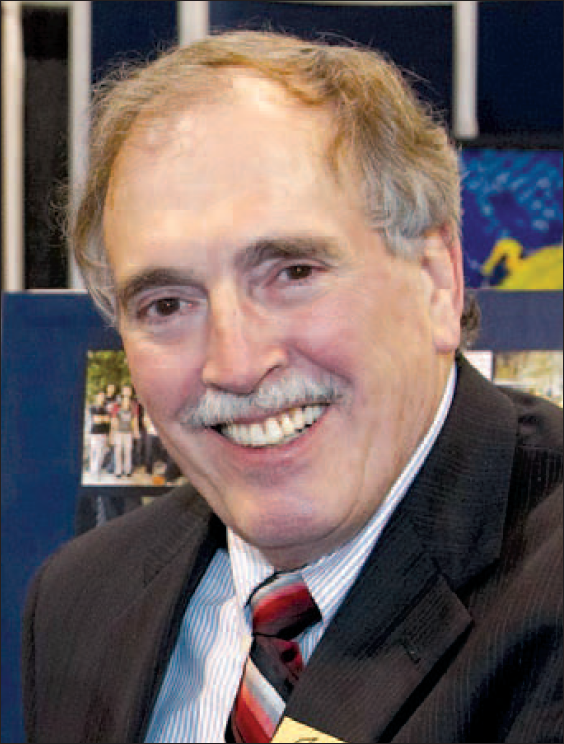How to Quantify the Success of Multiple Suppression
Fred Hilterman
HSB Geophysical

Abstract
This presentation is designed to answer the question, “How do I know if multiple suppression has been successful, especially in relatively flat geology.” At well locations, synthetics representing four different processing stages of multiple estimation and suppression are quantitatively matched to PSTM field data to assist in the processing parameterization. No longer will the interpreter be burden without tools to validate the multiple suppression success.
Two different methodologies are merged; both developed over 35 years ago. The first methodology for estimating multiples from field data was suggested by Anstey in the early 1960s and later mathematically derived with inverse scattering series (ISS). Anstey’s suggestion provides a computational savings in orders of magnitude over the conventional algorithm. The second methodology creates four different synthetics for processing validation, based on Generalized Primaries (Hubral et al., 1980).
The basic principles of the two methodologies are “cartooned” without the need of “messy” equations. Two case histories from different geologic environments compliment the cartooned principles. Each case history easily separates the short-period internal multiples from the long-period multiples and each multiple type is suppressed differently. In numerous multiple environments, the Generalized Primaries provide an estimate of the signal potion of the propagating wavelet. This can then be used to enhance the suppression of the long-period multiples and provide the S/N properties for frequency extension of the signal portion.
In both case histories, an emphasis is placed on the difficulty to visually separate long-period multiples from primary events without the assistance of Generalized Primary synthetics. No blocking of the logs is permitted.
Biography
Fred Hilterman is Chief Scientist for HSB Geophysical and is a Distinguished University Professor at the University of Houston (UH). He received a Ph.D. from Colorado School of Mines (CSM), worked at Mobil and then UH. In 1976, he founded the Seismic Acoustic Lab at UH which was a consortium supported by 45 oil and gas companies. In 1981, he co-founded Geophysical Development Corporation (GDC) and was VP of Development until GDC was bought by Geokinetics in 1998. He co-founded HSB Geophysical in 2019.
His services to the professional societies are many and include SEG DISC Instructor, Associate Editor of Geophysics, Chairman of TLE Editorial Board; and, both Technical and General Chairman of SEG Annual Meetings, SEG President, and Continuing Education lecturer since 1976.
He has received numerous awards including SEG Best Paper and Best Presentation Awards and SEG’s highest award, the Maurice Ewing Medal. CSM awarded him the Distinguished Alumni Medal in 2005 and the van Diest Gold Medal in 1971 for the significance of his PhD work on Kirchhoff wave theory.
Fred’s interests are in petrophysics, reservoir characterization, signal theory, and wave propagation. FHilterman@HSBGeophysical.com